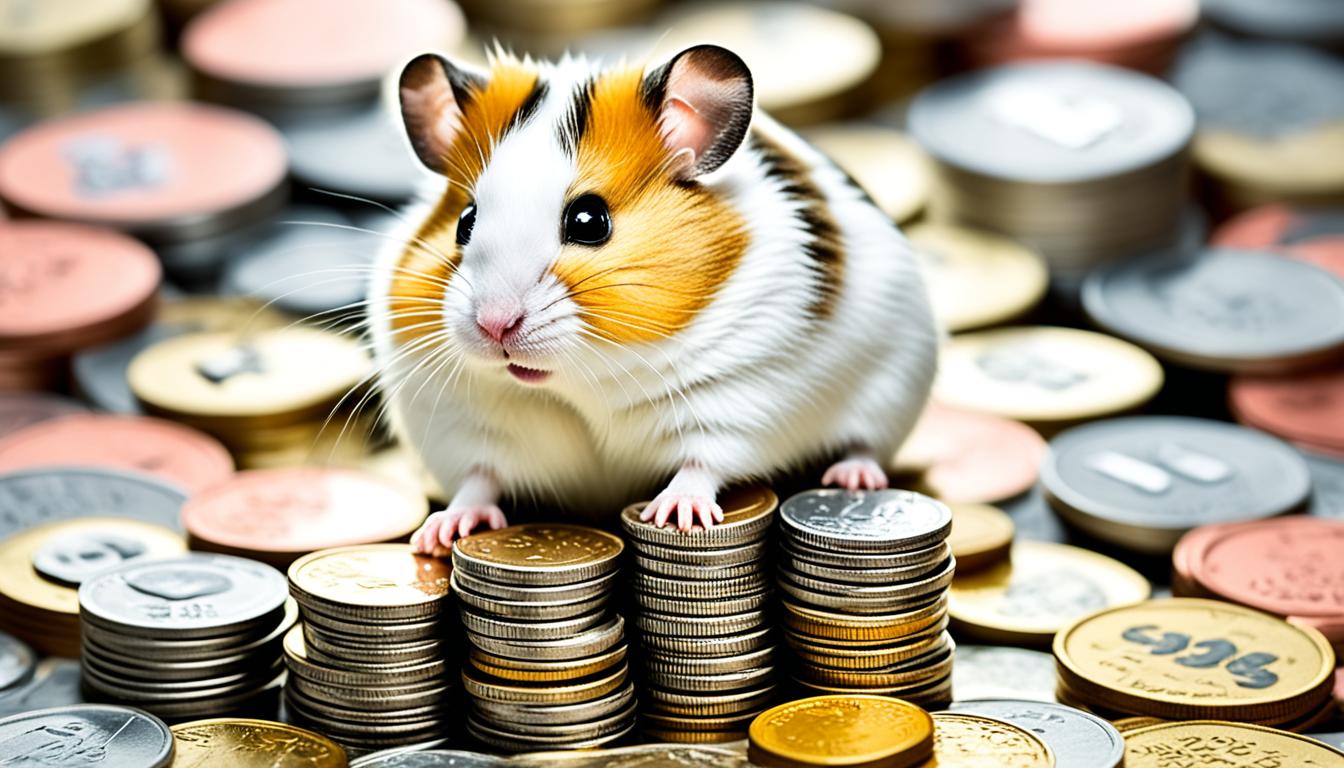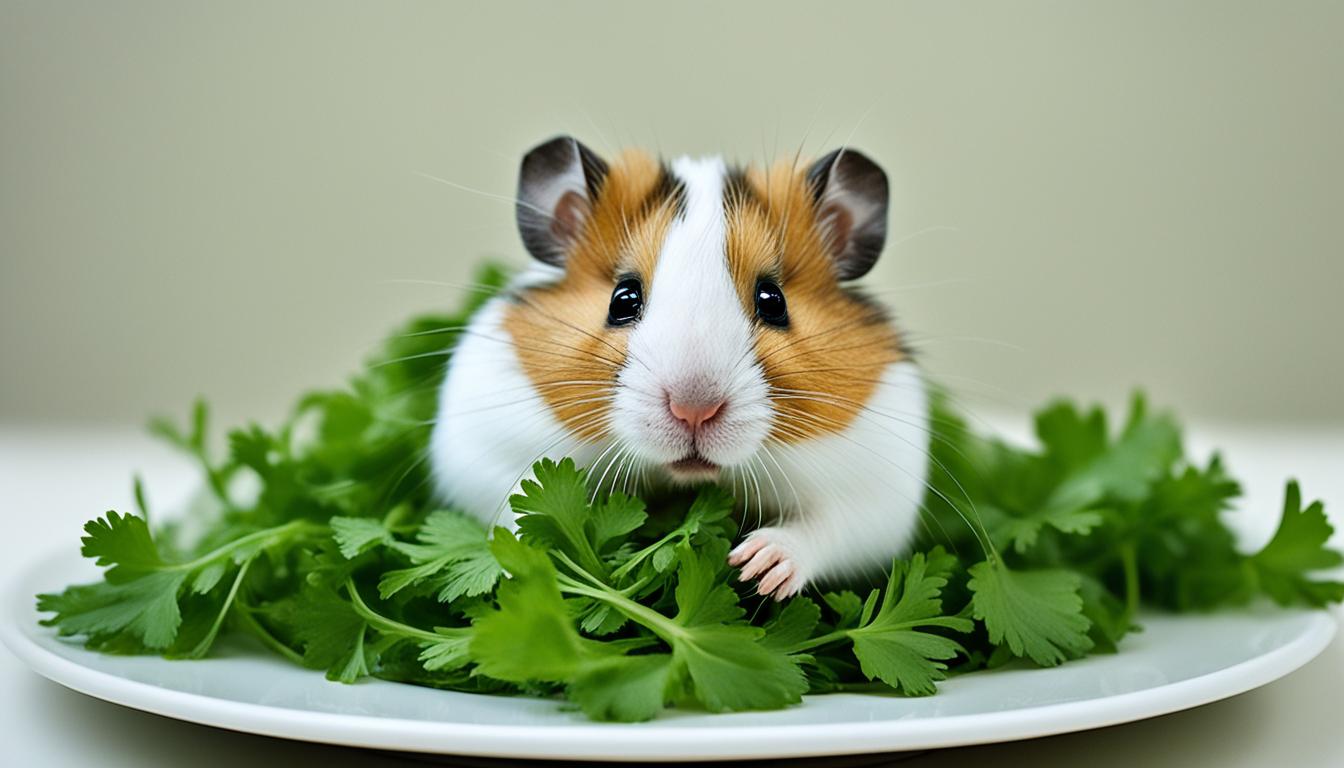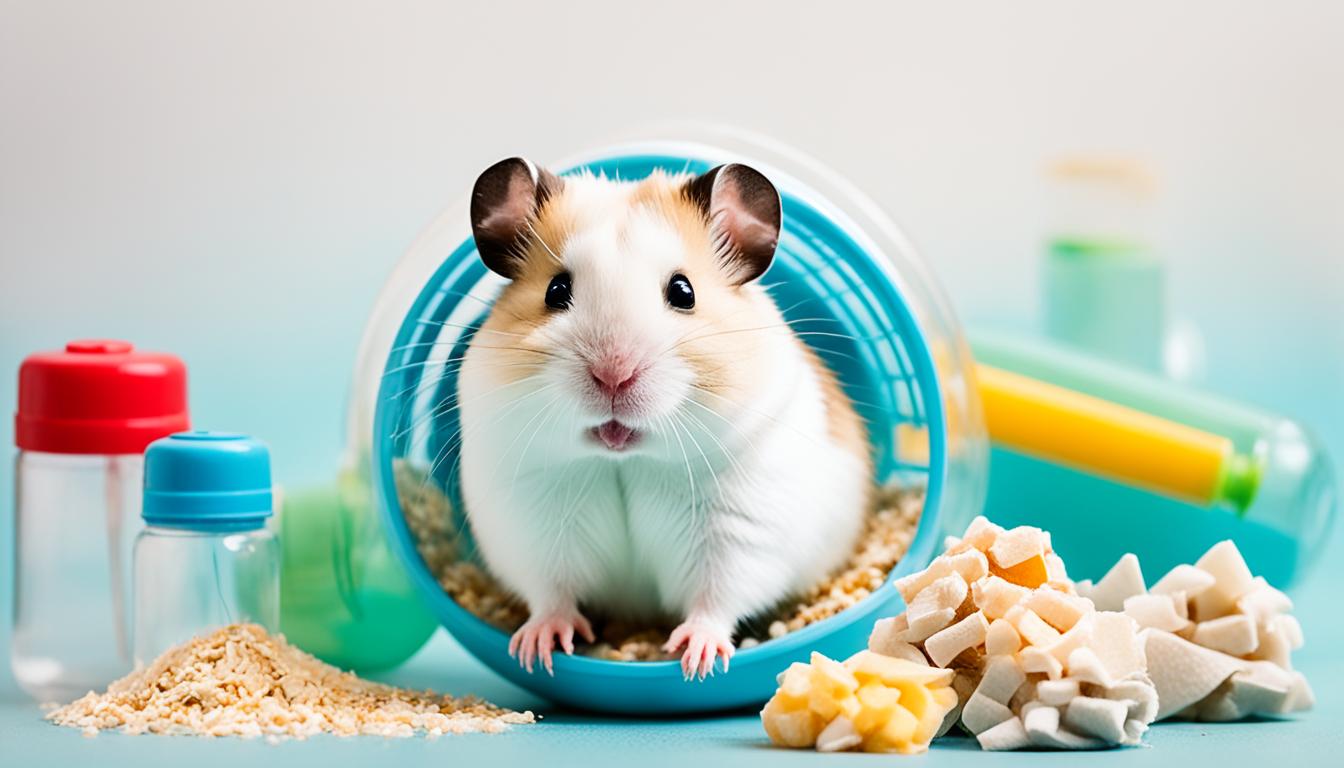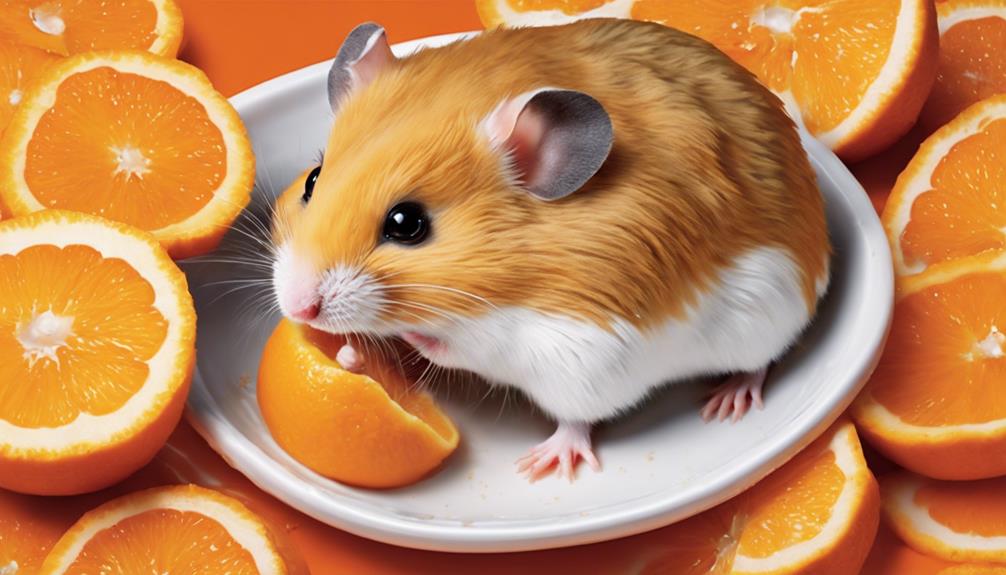Did you realize that having a hamster comes with a range of financial obligations? From initial costs to ongoing maintenance and possible hidden charges, the expenses of looking after a hamster can accumulate. Many individuals underestimate the financial commitment required in nurturing small pets like hamsters and are caught off guard by the healthcare costs. It is essential to think about these expenses in advance to guarantee that you can give your furry companion a happy and healthy life.
Key Takeaways:
- Owning a hamster involves both initial and ongoing costs, including supplies, food, bedding, and potential veterinary care.
- Budgeting for hamster ownership is important to ensure you can provide for all these expenses.
- Comparing the cost of hamsters to other small pets can help you put the expenses into perspective.
- There are also ways to keep hamster costs low, such as making your own toys and creating a hamster-friendly garden.
- By being financially prepared, you can enjoy all the joys of having a hamster as a pet without any financial stress.
Understanding the Initial Costs
When bringing a hamster home, you will need to consider the initial costs. This includes purchasing a suitable hamster cage, bedding, water bottle, food bowl, and toys. The price of a cage can vary, but it is recommended to invest in a comfortable and spacious one to ensure your hamster’s well-being. Additionally, toys and accessories such as wheels and tunnels can provide entertainment for your pet. These initial costs can range from $100 to $150, depending on the quality and type of supplies you choose.
Creating a cozy and stimulating environment for your new hamster is essential. Let’s take a look at the key components:
| Item | Price Range |
|---|---|
| Hamster Cage | $50 – $100 |
| Bedding | $10 – $20 |
| Water Bottle | $5 – $10 |
| Food Bowl | $5 – $10 |
| Toys | $10 – $20 |
While choosing a hamster cage, it’s essential to prioritize your hamster’s comfort and safety. Opt for a cage that provides ample space for your furry friend to explore and exercise. Look for features such as multiple levels, hideout spaces, and secure locks to prevent escape. Remember that larger cages with more features may come at a slightly higher price, but they can significantly improve your hamster’s quality of life.
Investing in toys is equally important to keep your hamster mentally stimulated and physically active. A variety of toys, such as exercise wheels, tunnels, and chew toys, can make a significant difference in your pet’s overall well-being. These toys range in price, so you can choose based on your budget and your hamster’s preferences.
Creating a welcoming and comfortable environment for your hamster right from the start will contribute to their overall happiness and health. Now that you understand the initial costs, let’s explore the ongoing expenses involved in hamster ownership in the next section.
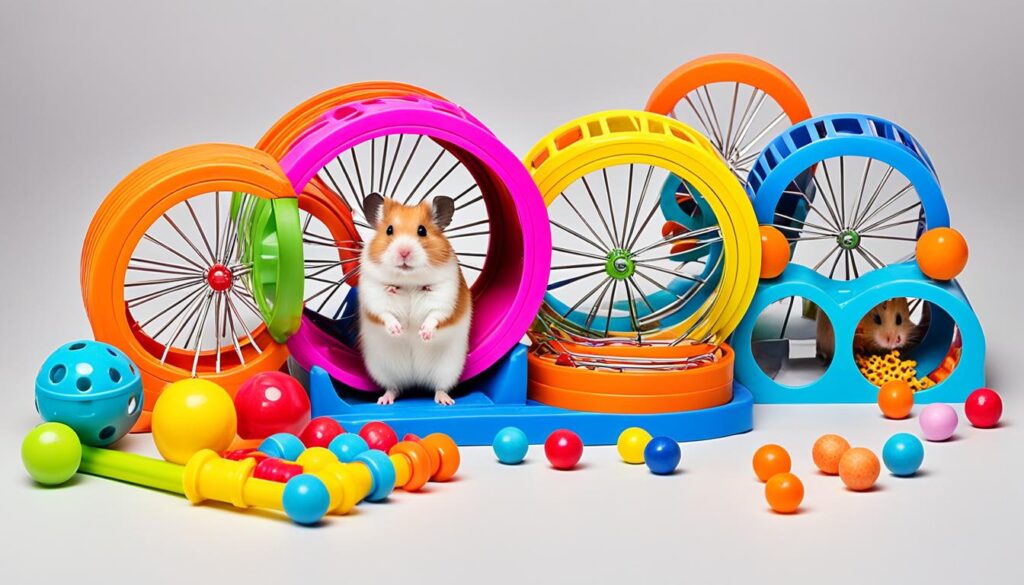
Understanding Ongoing Costs
In addition to the initial expenses, owning a hamster comes with ongoing costs that are essential to consider. These include the expenses related to hamster food, bedding, and healthcare.
Hamsters have specific dietary needs, which should consist of hamster pellets, a variety of fresh fruits and vegetables, and occasional treats. It is crucial to ensure that your hamster receives a balanced diet to maintain optimal health. On average, the monthly cost of hamster food can range from $5 to $10.
The bedding for your hamster’s cage needs to be changed regularly to promote hygiene and comfort. Common bedding materials include wood shavings or paper bedding, which can cost approximately $10 per month.
Hamster healthcare is another ongoing cost to consider. Routine check-ups are important to monitor your hamster’s well-being and catch any potential health issues early on. The cost of these visits can range between $20 and $50 per consultation.
It’s important to be financially prepared for these ongoing expenses to provide the best care for your hamster.

Hamster Food Cost
To give your hamster a well-balanced diet, a monthly budget of $5 to $10 should be allocated for hamster food. This cost may vary depending on the brand and quality of the food you choose. It is advisable to consult a veterinarian or a knowledgeable pet store employee for recommendations on the appropriate type and quantity of food for your hamster.
Hamster Bedding Cost
Bedding is an essential component of your hamster’s cage as it provides comfort and absorbs waste. On average, expect to spend around $10 per month on hamster bedding materials such as wood shavings or paper bedding. Regularly changing the bedding ensures a clean and hygienic living environment for your pet.
Hamster Healthcare Cost
Regular veterinary care is crucial to maintaining your hamster’s health. It is recommended to budget between $20 and $50 per visit for routine check-ups. Additional costs may arise if your hamster requires any medical treatments or medications. Consider getting pet insurance to help cover unexpected healthcare expenses.
Potential Hidden Costs
While hamsters are generally low-maintenance pets, it’s important to be aware of the potential hidden costs that may arise when it comes to their health. Like any other living creature, hamsters can experience health issues and may require veterinary care, which can result in unexpected expenses. To ensure the well-being of your furry friend and your peace of mind, it’s crucial to be financially prepared for any potential health emergencies that may arise.
When it comes to hamster health, there are various factors that can contribute to potential hidden costs:
- Illnesses and Injuries: Hamsters can develop various health issues, such as respiratory infections, dental problems, and skin conditions. Additionally, accidental injuries may occur from falls, fights with cage mates, or getting trapped in objects. Any health concerns or injuries should be addressed promptly by a qualified veterinarian, but it’s important to note that veterinary fees can vary depending on the nature of the visit and required treatments.
- Diagnostic Tests: To accurately diagnose certain health conditions, your hamster may need to undergo diagnostic tests such as blood work or X-rays. These tests can provide valuable information for the veterinarian to determine the best course of treatment for your hamster, but they can also add to the overall cost of veterinary care.
- Medications and Treatments: Depending on the specific health issue, your hamster may require medications, treatments, or even surgeries. These additional expenses can contribute significantly to the overall cost of caring for a sick or injured hamster.
To ensure that you can provide the best care for your hamster without worrying about financial constraints, it’s a good idea to set aside some money each month for potential health emergencies. Alternatively, you may want to consider getting hamster insurance, which can help cover unexpected veterinary expenses. Hamster insurance plans typically vary in coverage and cost, so it’s important to research different options and choose the one that best suits your needs and budget.
Remember, investing in your hamster’s health and well-being is a crucial part of being a responsible pet owner. By being prepared for potential hidden costs and having a plan in place, you can provide your hamster with the care they deserve and enjoy the companionship of your furry friend for years to come.
Considerations for Vacation and Caregiving
Planning a vacation or time away from home? Don’t forget to make arrangements for your furry friend! When it comes to your hamster’s care, there are two main options to consider: hiring a hamster sitter or opting for boarding services.
If you cannot take your hamster with you on your trip, hiring a hamster sitter can be a great solution. A hamster sitter will come to your home and take care of your pet in their familiar environment. This ensures minimum disruption to your hamster’s routine and reduces stress. The cost of a hamster sitter can vary depending on the duration of care and the individual professional. It’s always a good idea to research local hamster sitters and get quotes to budget accordingly.
Another option is boarding services. Many pet boarding facilities offer accommodations specifically designed for small animals like hamsters. These facilities provide a safe and comfortable environment for your hamster while you’re away. The cost of hamster boarding will depend on the duration of the stay and the specific facility. It’s important to choose a reputable boarding service that has experience caring for small pets.
Regardless of whether you choose a hamster sitter or boarding, it’s essential to make sure your hamster receives proper care while you’re gone. Provide detailed instructions about feeding, cleaning, and any special needs your hamster may have. Additionally, leave emergency contact information for both you and your veterinarian in case of any unexpected situations.
Remember, your hamster’s well-being is as important as your vacation plans. Take the time to research and prepare for your hamster’s care, ensuring they are happy and healthy while you’re enjoying your time away.
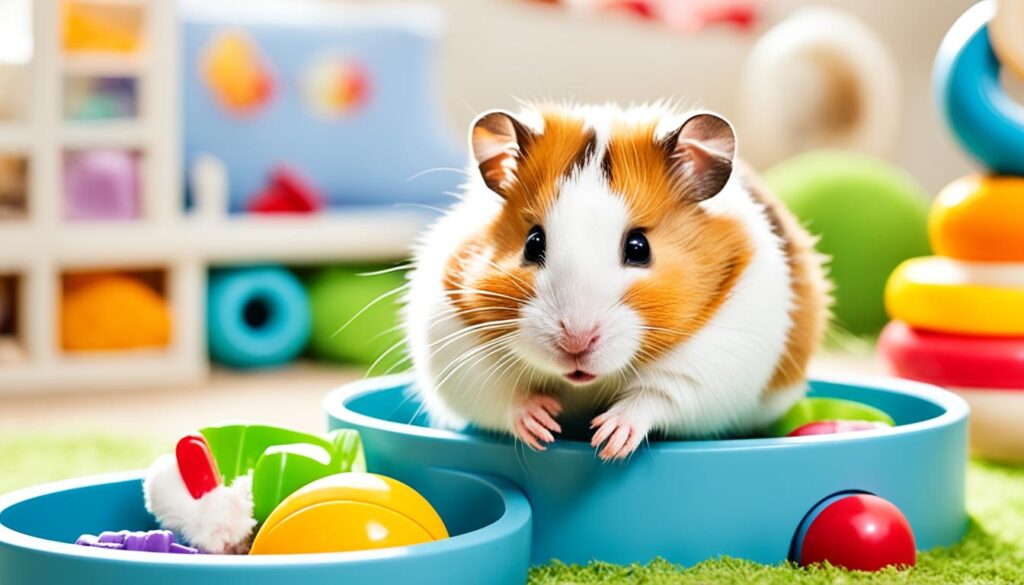
Cost Comparison with Other Small Pets
When considering owning a small pet, it’s important to understand the financial commitment involved. Comparing the costs of different pets can help you make an informed decision. Let’s take a look at the cost of owning various small pets, including rabbits, birds, snakes, and fish.
Rabbits
Rabbits are beloved pets known for their adorable nature. However, they do come with a price tag. The initial cost of a rabbit can range from $900 to $1,400, which includes the purchase of the rabbit, a suitable cage, bedding, food, and other necessary supplies. Additionally, annual costs for rabbit care can range from $300 to $800, considering expenses like food, hay, toys, and regular vet check-ups.
Birds
If you’re interested in a feathered friend, birds like parakeets are a popular choice. The total lifetime cost of owning a bird can range from $3,750 to $4,500. This includes the initial purchase of the bird, a spacious cage, high-quality food, toys, and routine vet check-ups. Birds require proper care and attention, making it important to consider both the financial and time commitments involved.
Snakes
For those interested in more exotic pets, snakes can be fascinating companions. However, they come with a higher price tag compared to other small pets. The average total lifetime cost of owning a snake can range from $4,775 to $14,495. This includes the cost of the snake itself, specialized housing, heating equipment, food, and potential veterinary care. It’s essential to have a clear understanding of the requirements and costs associated with snake ownership before making a decision.
Fish
Compared to other small pets, fish tend to have lower costs associated with their care. The initial cost of setting up an aquarium for fish can be around $230. This includes the aquarium, filtration system, decorations, and fish themselves. The annual cost for fish care is relatively low, typically averaging around $20 for food and occasional maintenance.
| Initial Cost | Annual Cost | |
|---|---|---|
| Rabbits | $900 – $1,400 | $300 – $800 |
| Birds | $3,750 – $4,500 | N/A (one-time expenses) |
| Snakes | $4,775 – $14,495 | N/A (one-time expenses) |
| Fish | $230 | $20 |
As you can see, the costs of owning small pets can vary significantly. It’s important to consider your budget, lifestyle, and preferences when deciding which pet is right for you. Remember, owning a pet is a long-term commitment that goes beyond financial considerations.
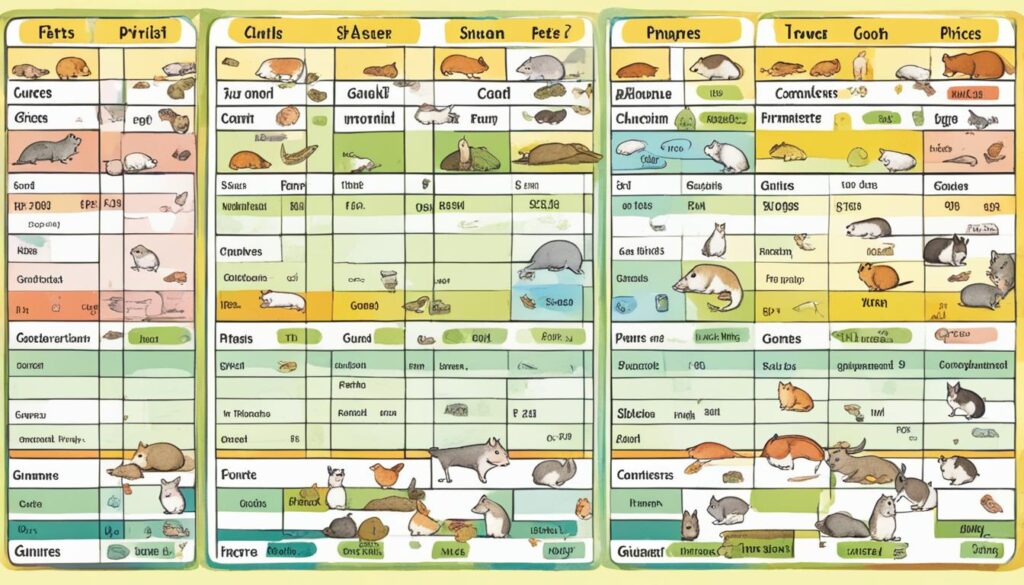
Tips for Keeping Hamster Costs Low
When it comes to owning a hamster, there are several budget-friendly strategies you can implement to keep your costs down. By being resourceful and creative, you can provide your furry friend with everything they need without breaking the bank.
Create Your Own DIY Hamster Toys and Accessories
One effective way to save money is by making your own toys and accessories for your hamster’s cage. Instead of purchasing expensive store-bought items, repurpose materials you already have at home. Cardboard tubes from toilet paper or paper towel rolls can be transformed into tunnels or chew toys, while small cardboard boxes can become cozy hideouts. Get creative and let your imagination run wild!
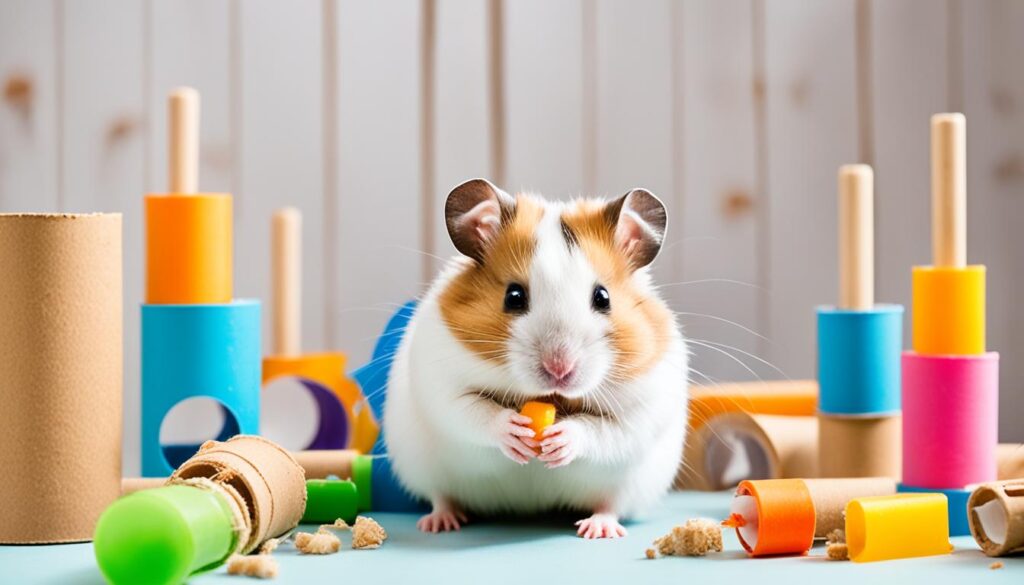
Design a Hamster-Friendly Garden
Another cost-saving measure is to create a hamster-friendly garden where you can grow fresh vegetables and herbs. Not only will this provide your hamster with a healthy and varied diet, but it will also reduce your reliance on store-bought produce, saving you money in the long run. Choose hamster-safe plants and ensure they are free from pesticides. Your hamster will love exploring the garden and nibbling on the delicious homegrown treats.
Considerations for Budget-Friendly Care
Here are some additional tips and considerations for budget-friendly hamster care:
- Buy hamster supplies in bulk to take advantage of discounts and save on shipping costs.
- Shop for hamster food and bedding at local pet stores, as they often offer better prices compared to online retailers.
- Invest in durable and long-lasting hamster accessories to avoid frequent replacements.
- Join hamster-related online communities or forums where fellow hamster owners share cost-saving tips and DIY ideas.
By implementing these budget-friendly options, you can provide your hamster with a happy and healthy life while keeping your expenses in check.
Conclusion
Owning a hamster can be a delightful and rewarding experience, but it’s important to understand the financial obligations that come with it. From the initial costs of purchasing a suitable cage, bedding, and toys, to the ongoing expenses of food, bedding, and potential veterinary care, there are several factors to consider when budgeting for hamster ownership.
To ensure that you are financially prepared for hamster care, it’s crucial to plan ahead and set aside a budget for these expenses. By doing so, you can provide your furry friend with the necessary supplies, regular check-ups, and even emergency healthcare if needed. Taking a proactive approach to financial preparation will help you avoid any surprises and ensure that your hamster receives the best possible care.
Additionally, considering the costs of vacation care is important. Whether you hire a hamster sitter or opt for boarding services, factoring in these expenses when planning your travels will ensure that your hamster is well taken care of in your absence.
While the costs of hamster ownership may vary depending on individual circumstances and preferences, being aware of these expenses and implementing cost-saving measures, such as DIY toys and creating a hamster-friendly garden, can help keep overall costs manageable. With proper financial planning and budgeting, you can provide your hamster with a happy and healthy life while maintaining financial stability.
FAQ
How much does it cost to own a hamster?
What are the initial costs of owning a hamster?
What are the ongoing costs of owning a hamster?
Are there any potential hidden costs associated with owning a hamster?
How much does it cost to hire a hamster sitter or use boarding services?
How does the cost of owning a hamster compare to other small pets?
Can I Feed my Hamster Dry Cat Food as a Treat?
Feeding your hamster dry cat food can be harmful. While it may seem like a tempting treat, cat food doesn’t cater to a hamster’s nutritional needs. Stick to giving your hamster the best dry cat foods designed specifically for them to ensure they stay healthy and happy.
FAQ
How much does it cost to own a hamster?
The cost of owning a hamster includes initial expenses, ongoing upkeep, and potential hidden fees. The total cost can vary depending on factors such as the type of supplies, food, and healthcare needed for your hamster.
What are the initial costs of owning a hamster?
The initial costs of owning a hamster include purchasing a suitable hamster cage, bedding, water bottle, food bowl, and toys. The price of a cage can vary, but it is recommended to invest in a comfortable and spacious one. Additionally, toys and accessories such as wheels and tunnels can provide entertainment for your pet.
What are the ongoing costs of owning a hamster?
The ongoing costs of owning a hamster include the cost of food, bedding, and healthcare. Hamsters require a specific diet consisting of hamster pellets, fresh fruits and vegetables, and occasional treats. Bedding materials such as wood shavings or paper bedding should be changed regularly. It’s also essential to consider regular check-ups and potential veterinary care for your hamster.
Are there any potential hidden costs associated with owning a hamster?
Yes, there may be potential hidden costs associated with the health of your hamster. Just like any other living creature, hamsters can experience health issues and may require veterinary care. It is advisable to set aside some money each month for potential health emergencies or consider getting hamster insurance to cover unexpected expenses.
How much does it cost to hire a hamster sitter or use boarding services?
If you cannot take your hamster with you when going on vacation or time away from home, you may need to hire a hamster sitter or consider boarding services. The cost for these services can vary depending on the duration of care and the individual professional or facility. It is recommended to research and budget accordingly to ensure your hamster is properly looked after in your absence.
How does the cost of owning a hamster compare to other small pets?
The cost of owning a hamster can vary, but it tends to be more affordable compared to other small pets. For example, rabbits can have an initial cost ranging from 0 to
FAQ
How much does it cost to own a hamster?
The cost of owning a hamster includes initial expenses, ongoing upkeep, and potential hidden fees. The total cost can vary depending on factors such as the type of supplies, food, and healthcare needed for your hamster.
What are the initial costs of owning a hamster?
The initial costs of owning a hamster include purchasing a suitable hamster cage, bedding, water bottle, food bowl, and toys. The price of a cage can vary, but it is recommended to invest in a comfortable and spacious one. Additionally, toys and accessories such as wheels and tunnels can provide entertainment for your pet.
What are the ongoing costs of owning a hamster?
The ongoing costs of owning a hamster include the cost of food, bedding, and healthcare. Hamsters require a specific diet consisting of hamster pellets, fresh fruits and vegetables, and occasional treats. Bedding materials such as wood shavings or paper bedding should be changed regularly. It’s also essential to consider regular check-ups and potential veterinary care for your hamster.
Are there any potential hidden costs associated with owning a hamster?
Yes, there may be potential hidden costs associated with the health of your hamster. Just like any other living creature, hamsters can experience health issues and may require veterinary care. It is advisable to set aside some money each month for potential health emergencies or consider getting hamster insurance to cover unexpected expenses.
How much does it cost to hire a hamster sitter or use boarding services?
If you cannot take your hamster with you when going on vacation or time away from home, you may need to hire a hamster sitter or consider boarding services. The cost for these services can vary depending on the duration of care and the individual professional or facility. It is recommended to research and budget accordingly to ensure your hamster is properly looked after in your absence.
How does the cost of owning a hamster compare to other small pets?
The cost of owning a hamster can vary, but it tends to be more affordable compared to other small pets. For example, rabbits can have an initial cost ranging from $900 to $1,400, with annual costs averaging from $300 to $800. Birds, such as parakeets, can have a total lifetime cost ranging from $3,750 to $4,500, including the cost of the bird, cage, food, and routine vet check-ups. Snakes can have an average total lifetime cost ranging from $4,775 to $14,495, including the cost of the snake, specialized housing, food, and vet care. Fish, on the other hand, tend to be relatively low-cost pets.
How can I keep the costs of owning a hamster low?
There are several ways to keep the costs of owning a hamster low. One tip is to make your own toys and cage accessories using materials you already have at home, such as cardboard tubes and paper. Another cost-saving measure is to create a hamster-friendly garden where you can grow fresh vegetables and herbs for your hamster’s diet. These budget-friendly options can help minimize the overall expenses of owning a hamster.
How can I keep the costs of owning a hamster low?
There are several ways to keep the costs of owning a hamster low. One tip is to make your own toys and cage accessories using materials you already have at home, such as cardboard tubes and paper. Another cost-saving measure is to create a hamster-friendly garden where you can grow fresh vegetables and herbs for your hamster’s diet. These budget-friendly options can help minimize the overall expenses of owning a hamster.
